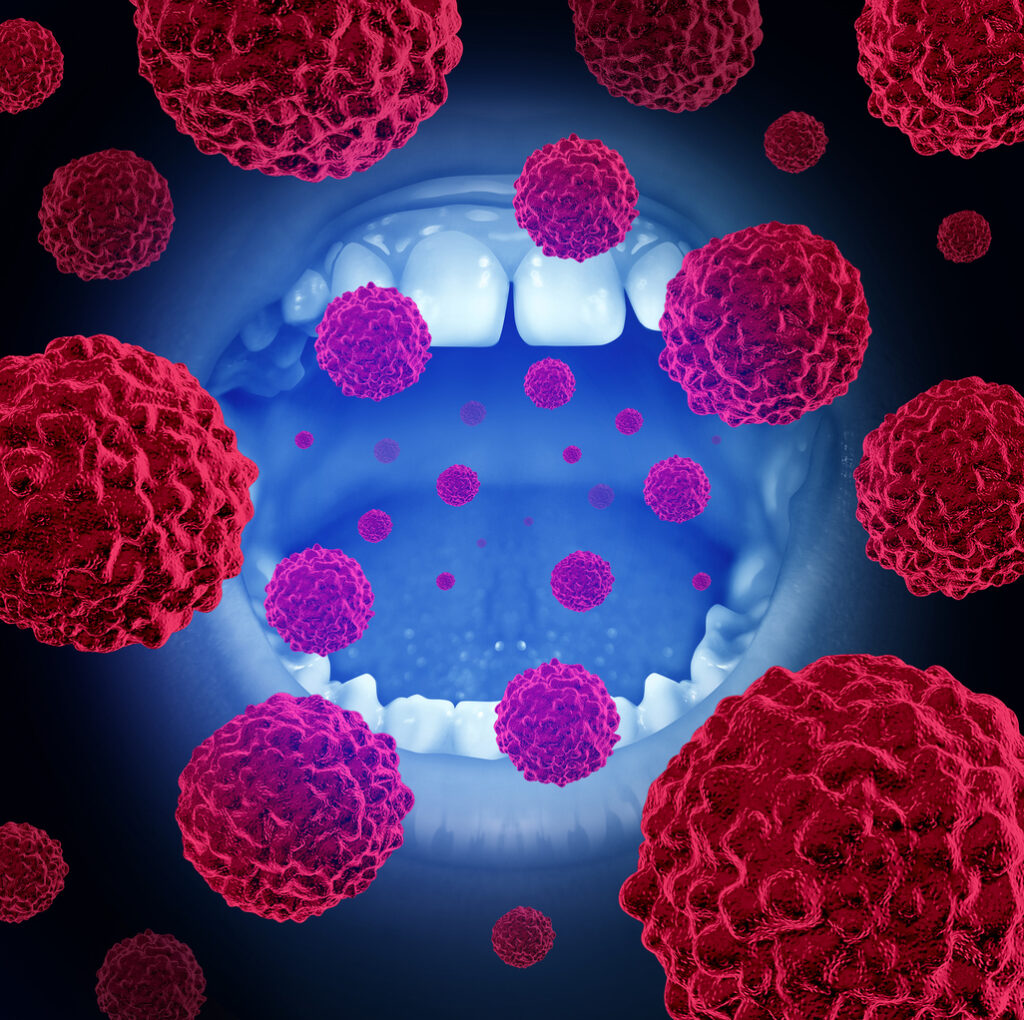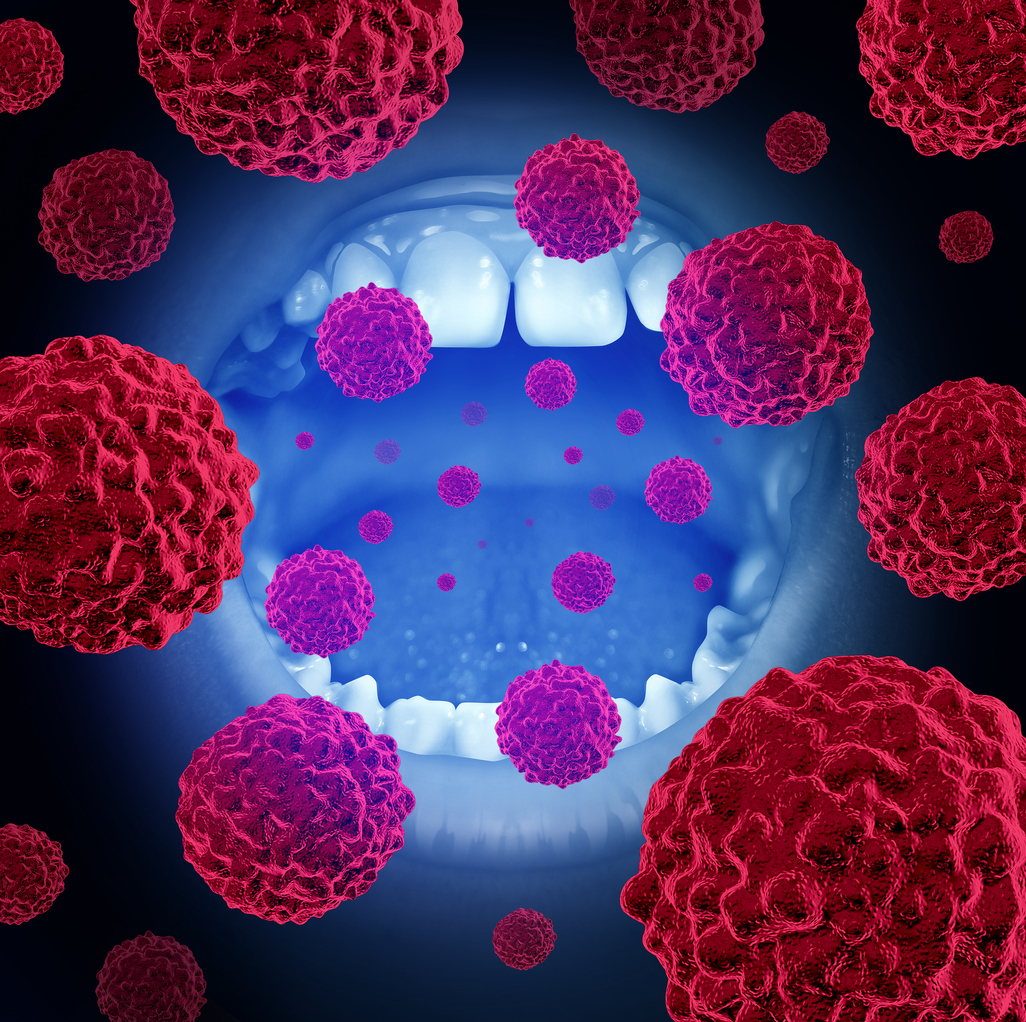April is Oral Cancer Awareness month, so it only seems fitting that we discuss the increased risk tobacco users face of developing oral cancer. Both cigarettes and chewing tobacco greatly increase an individual’s chance of developing oral or throat cancer.

Studies have shown that smokers are 3 times more likely to develop mouth cancer and 7 times more likely to develop throat cancer than non-smokers. Each year, The Oral Cancer Foundation approximates 48,250 new cases of oral cancer are diagnosed and that 9,575 people die each year due to these forms of cancer.
Biggest Risk Factors for Oral Cancer
These numbers are staggering and heart breaking. Tobacco use combined with excess consumption of alcohol continues to be one of the biggest risk factors for oral cancer.
We want tobacco users to be aware of early signs of oral cancer to increase the chance of early detection. Some early symptoms are sores or areas of discoloration on the tongue, gums, throat, or other oral tissues. If you start to notice a discoloration that persists for several days, or a sore that bleeds easily and is not healing, it should be mentioned to your oral health care provider.
While certain red or white patches may have causes other than oral cancer, anything you notice out of the ordinary should be examined by your dentist. With throat cancer, symptoms are not always easily visible, such as a constant sore throat, a hoarse voice or trouble swallowing. If you notice any of these issues persisting, make an appointment with your dentist to have the area evaluated.
Nicotine, The Addictive Agent
Cancer is not the only negative consequence of tobacco use which begs the question, which prompts the question as to why people continue to smoke? The primary reason is Nicotine, the addictive agent contained in both cigarettes and smokeless tobacco.
Nicotine affects the brain and nervous system and can cause feelings of euphoria. It can also cause the body to release endorphins creating a calming effect. The body will begin to build a tolerance for nicotine after 1 use, which is why people become so easily dependent upon it. This in-turn causes users to increase their nicotine consumption in order to maintain the effects and prevent withdrawal.
Symptoms of Withdrawal
Symptoms of withdrawal can be agonizing, thus making it even harder to quit. We see patients frequently who are able to quit smoking but start chewing tobacco instead. A common misconception is that smokeless tobacco is safer than cigarettes, but it contains twice as much nicotine as the average cigarette and increases your risk of oral cancer by 4 times.
If you are a tobacco user of any kind it is important to be diligent in looking for symptoms on your own, as well as maintaining regular oral check-ups. At Laurel Dental Clinic oral cancer screenings are a part of our exam protocol and tissues are evaluated at each hygiene visit.
If you’re interested in quitting tobacco products, speak with your dentist or hygienist as we can offer alternative therapy options and support. If you ever notice a lesion or sore that will not heal, please contact us right away!
References
“Risk Factors” – http://www.mouthcancer.org/risk-factors/
“Tobacco Connection” – http://www.oralcancerfoundation.org/tobacco/
“Oral Cancer Signs and Symptoms” – http://www.colgate.com/en/us/oc/oral-health/conditions/cancer/article/sw-281474979045900
“Tobacco and Addiction” – http://www.oralcancerfoundation.org/tobacco/tobacco-addiction.php


